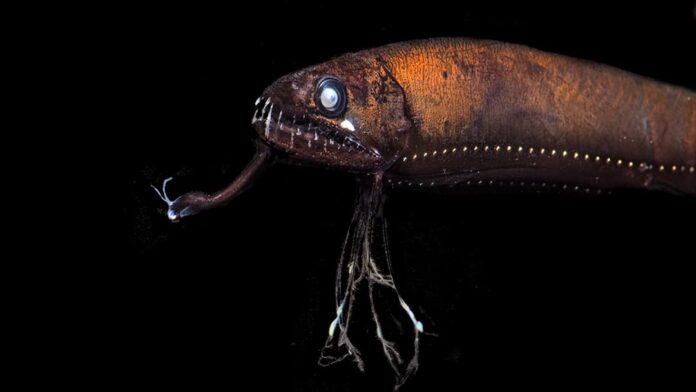Nocturnal animals usually have special night vision if not other skills that help them to hunt at night. When darkness covers the wild, some animals rely entirely on their eyes while others use the sense of hearing or something else. Below, you will find 7 animals that can see very well the dark thanks to their night vision. Let’s find out what they are and share your thoughts with us.
1Owl
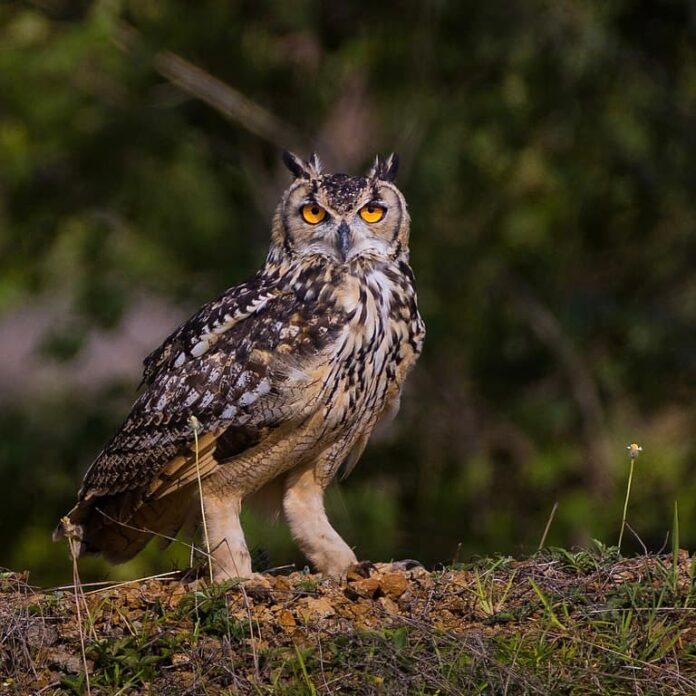
As the sun goes down, it is time for nocturnal animals to start hunting; owls are one of them. Owls are one of the animals with incredible night vision that allows them to flawlessly hunt at night. The eyes of an owl take up to 3% of its entire body weight. Their big eyes contain large lenses close to the back of their eyes to focus large amounts of light onto the retina. Plus with the “eyeshine” which is a layer of tissue behind the retina that reflects visible light, owls have superior night vision.
On top of that, owls have amazing binocular vision that allows them to see and focus on an object. These ferocious birds of prey don’t have eyeballs, what you see are their eyes that are held rigidly in place by sclerotic rings. This is why owls cannot roll or turn their eyes in another direction, instead, they can move their entire head. In fact, owls can turn their necks 270 degrees in either direction, and 90 degrees up and down. This allows them to see very well at night so that they can spot prey as small as insects and mice.
So why do owls bob and weave their head? They do so to expand their field of view, and their night vision comes with a flaw. Owls are farsighted which means they cannot focus on objects that are too close. To make up for this, they have sensitive whisker-like bristles around their beaks that help them to detect close-range objects. Another great thing about the eyes of the owls is the third eyelid aka the nictitating membrane. It helps the owls to see the prey during the catching while protecting their eyes safe from injury which is awesome.
2Night Monkey
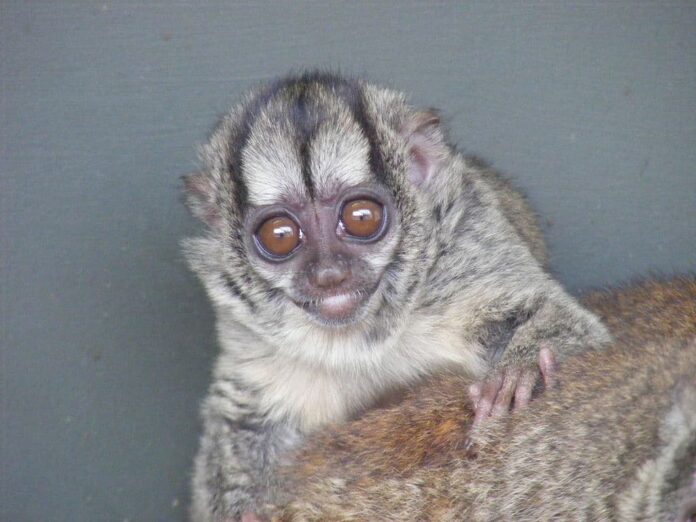
This is a nocturnal New World monkey species found in primary and secondary forests, cloud forests, and tropical rainforests across Panama and South America. Just like the name suggests, these monkeys are active at night. Thanks to their large eyes and great night vision, they are able to detect visual cues at low light levels. Some studies showed that their vision is monochromatic which means they can only see in one color which is the shades of gray.
The fascinating thing that makes them different from other nocturnal animals is their eyes lack a tapetum lucidum. It is a layer of tissue behind the retina that reflects light back through the retina which contributes to night vision. In contrast, their retinas contain a greater number of rods that are responsible for vision at low light levels. Plus with their great sense of hearing, night monkeys are able to hunt for insects at night easily.
3Raccoon
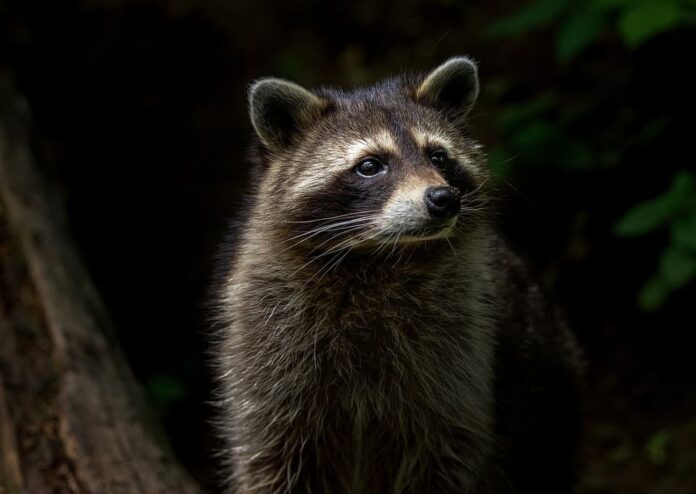
Have you ever noticed that a raccoon’s eyes somehow glow red in the dark? This occurs because of the reflective layer in the lens of their eyes that helps them to magnify nearby objects. Apart from their great night vision, raccoons have binocular vision that gives them depth perception and the ability to distinguish colors. Their night vision is amazing with objects in front of them but they are not good at seeing things too far. As nocturnal animals, being able to see in the dark helps them to look for food and avoid predators. Plus with their intelligence and wits, these cheeky animals are one of a kind.
4Red Fox
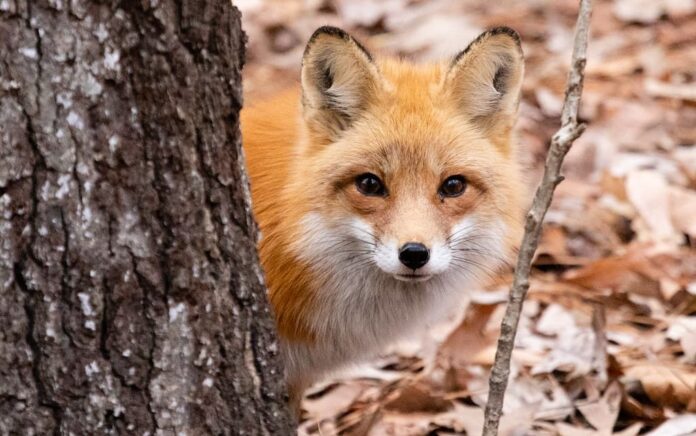
The ability to ambush and pounce on prey alone is not enough for a nocturnal hunter. This is why red foxes are gifted with excellent night vision that allows them to adapt to low-light conditions. Their eyes have a layer that reflects the light back into the eyeballs, helping to magnify their vision to be twice better. Because of this tapetum lucidum layer, their eyes glow green when light is shone into them at night. Thanks to that, red foxes can hunt animals such as birds, rabbits, squirrels, and more in the dark with ease.
5Snow Leopard
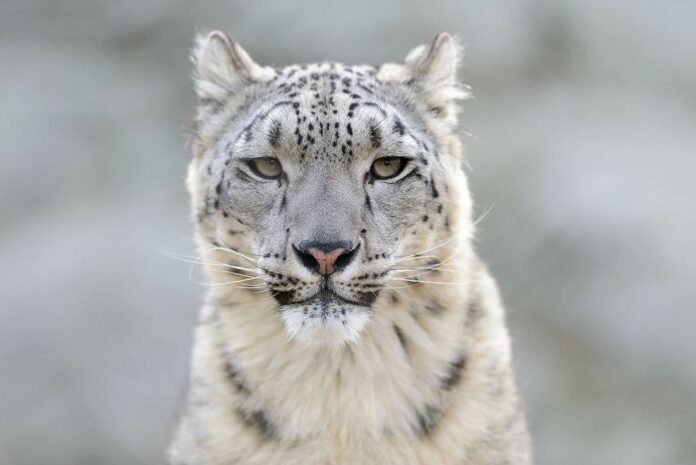
Large nocturnal cats like snow leopards definitely have the ability to see better in the dark. As for during the day, they can see up to 8 times better than the average human. Snow leopards have large eyes that provide them with extraordinary low-light vision. This incredible ability allows them to successfully hunt in near total darkness. These ambush hunters prefer to attack from above, so they lay still from somewhere up high waiting for prey. With the combination of their incredible night vision, snow leopards are able to spot and track their meal without faults. When the time comes, they simply pounce and kill the prey right away.
6Tarsier
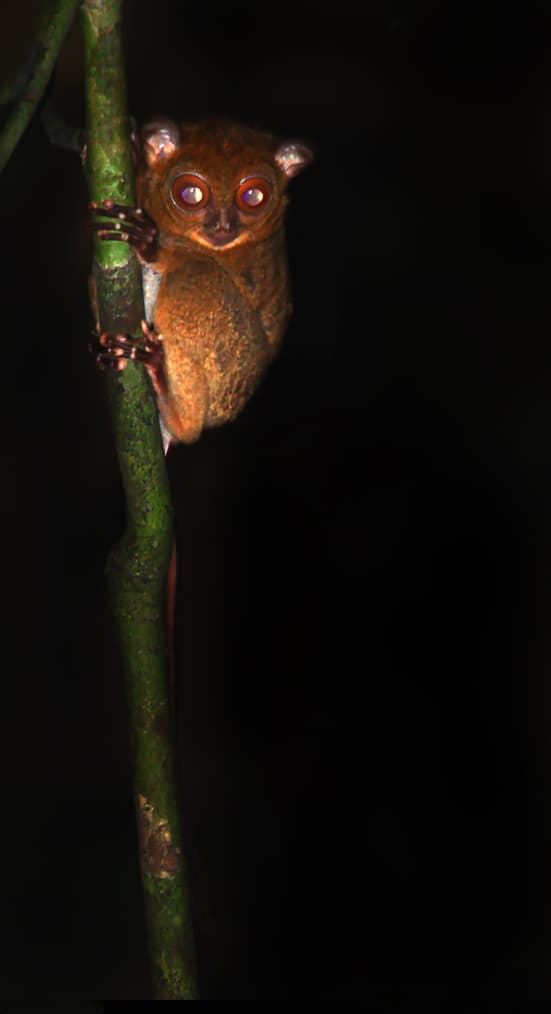
When it comes to big eyes, these small nocturnal primates definitely go on the list. Each of a tarsier’s eyes is the same size as its brain, and just like owls, they cannot move their eyeballs. So if they want to look or see things on the left or right, they have to turn their whole head. This is why tarsiers can swivel their necks 180 degrees in either direction to scan the environment. Another interesting thing about them is that tarsiers also have extraordinary night vision thanks to their enormous eyes.
Night vision is very important to these primates because they hunt at night. The combination of reflexes, speed, and night vision allows them to catch small prey in complete darkness without a problem. But what happens to tarsier’s eyes during the daytime? In bright light, their eyes can constrict until the pupil appears to be only a thin spot. When there is low or no light, the pupil then dilates and fills up almost the entire eyes for night vision.
7Threadfin Dragonfish
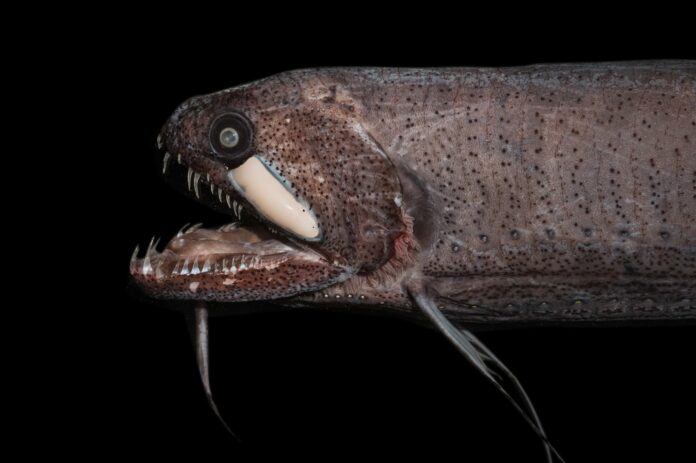
Most deep sea creatures live their lives where sunlight from the surfaces cannot reach. The adaption to this condition allows them to create their own light, and the threadfin dragonfish is a great example. It has a short bioluminescent barbel or tentacle beneath its lower jaw along with a large triangular luminous organ behind the eyes. On top of that, the fish also has a row of photophores which is also the light organs. These organs run along the lower surface between the bases of the pectoral and pelvic fins. They can control the set of luminous organs aka “head lamps” behind their eyes to either be on or off. The photophores usually emit blue and pinkish lights, helping the fish to see in the dark.
Related Post: Dangerous Animals That Hunt At Night

